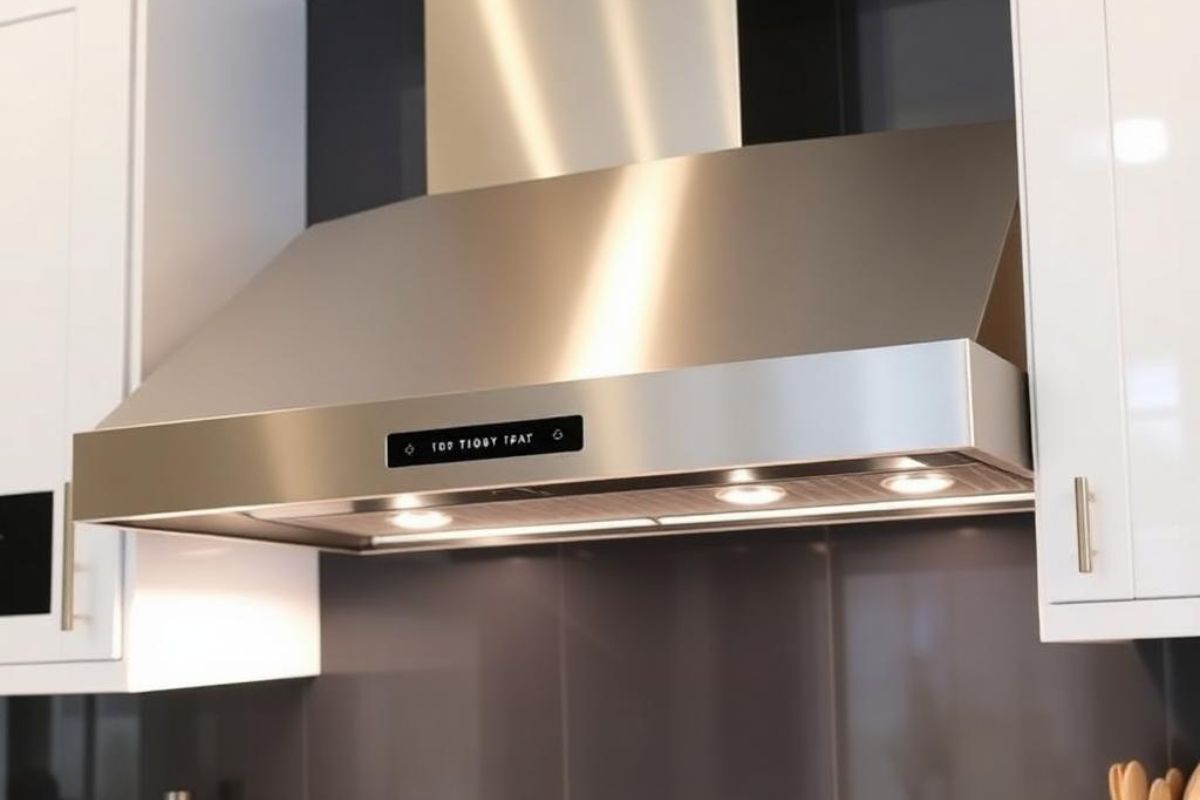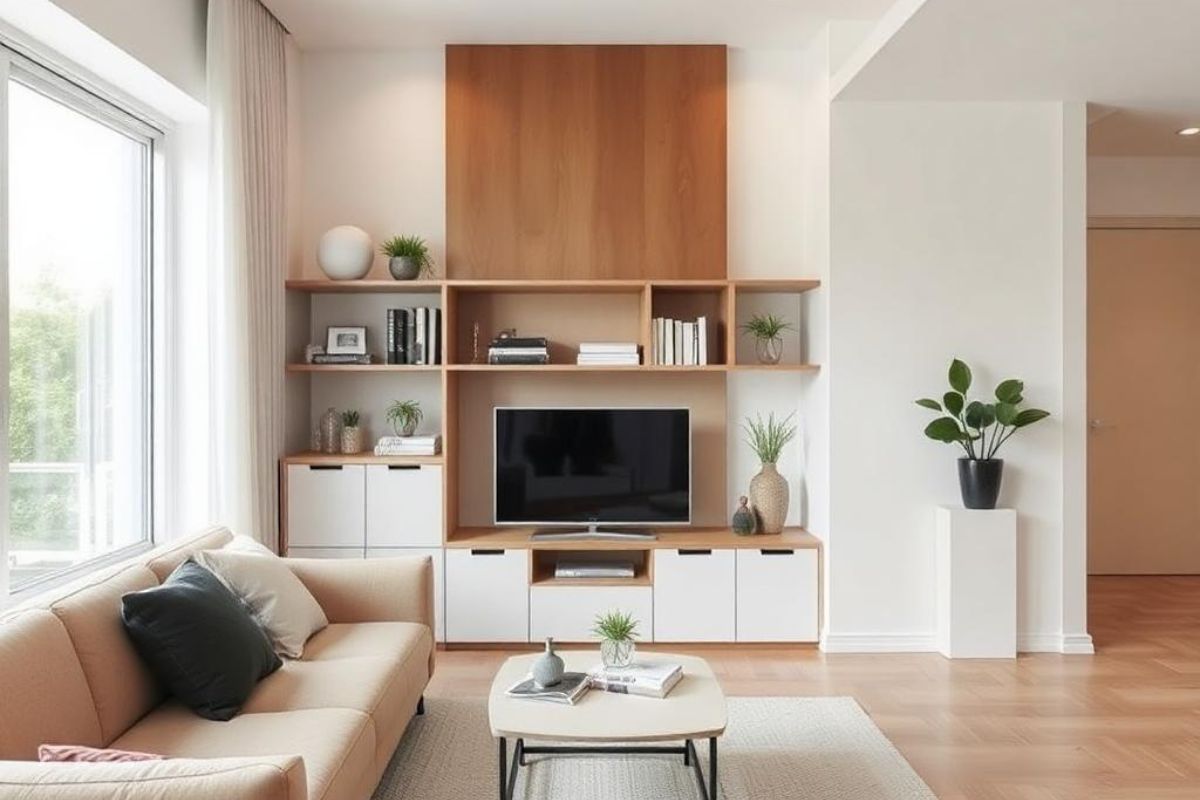Green Living: The 10 Best Ways to Keep Your Tiny Home Eco-Friendly

Tiny Homes are the future of eco-living, and a lot of people have the desire to live in one.
The tiny home movement has grown exponentially, and there are many long term benefitsfrom owning a tiny home from energy bill reduction, smaller carbon footprint, and more.
They are synonymous with a more eco-friendly, minimalist lifestyle. Since you have less space, every part of your home is purposeful, and there is more thought put into what you add to your tiny home.
Not only are they compact, customizable, but also they can make your lifestyle much more eco-friendly. However, sometimes there are some challenges when it comes to maintaining a tiny eco-friendly home.
From the materials you use to solar panels, windows, and other green options, we have got you covered on the best tips and tricks to keep your green living going.
Want to learn more? Keep reading for the best ways to keep your tiny home eco-friendly.
1. Add More Plants to Your Home
If you are a plant lover, you may already have a rich collection in your home. However, you can always add more.
Adding more plants to your tiny home is an excellent way to improve indoor air quality and bring a touch of nature indoors. You can use recycled egg cartons to start seedlings for your indoor garden or as small pots for herbs and succulents. Not only are egg cartons a sustainable option for adding plants, but they also make for an affordable and accessible DIY project.
Plants add life to your house, specifically, oxygen. They quickly get rid of toxins in the air and purify it. You can make sure the air you breathe is cleaner and fresher than before.
Adding plants to your home also offers a wide variety of other benefits, such as allergy relief. Also, they look beautiful and can help you resource your own food, herbs, and decor without having to go out and buy them from a supermarket.
All in all, plants are powerful. They also add an incredible liveliness to your tiny home and offer more sustainable resources.
2. Decrease Your Uses of Heating and Cooling Systems
Because of their size, tiny homes already require less heating and cooling than a regular house. However, the more you can cut back on using those systems, the better your carbon footprint will be. If you want to reduce your use of a heating or cooling system, try turning off your system when you leave the house.
When you are not using it, you are not wasting energy. This will also save you money since you are not paying for energy you are not actively using.
3. Invest in Solar Power
Solar power is an excellent way to power your home naturally and efficiently without wasting electricity. There are many options when it comes to choosing the right use of solar energy for your tiny house, but the most popular choice is solar roof panels.
According to Live Science, solar panels work by "allowing photons, or particles of light, to knock electrons free from atoms, generating a flow of electricity." This means that instead of using electric energy, you can get the same power from solar panels and give your home the electricity it requires.
This is also known as renewable energy, and it is becoming more and more researched and desirable for people all over. Since renewable sources collect this energy, the waste factor is eliminated. The solar energy collected is then stored in batteries and converted into the electricity you need to run your house.
To give your tiny home a more eco-friendly resource, opt for renewable energy such as solar power and decrease your use of fossil fuels. Its an investment that keeps giving and with the ability to recondition the batteries you can keep the on going maintenance costs pretty low.
4. Take Advantage of Windows
Windows are a great way to give your tiny home some natural light.
When you are building your tiny home, make sure you include the right amount of windows. Not only do windows offer up the sunshine that fills your home, but also it can make your space appear a lot less cramped and give the illusion of a more open house.
Additionally, the more windows you have in your home, the less you will need to use electronic lighting systems. This will decrease your overall energy consumption, which will help improve your carbon footprint and even reduce your electric bill.
To optimize your eco-friendly home, opt for windows that are built out of wood or other biodegradable or recycled materials. You know that the materials you are using are well-sourced and not wasteful.
5. Opt for Eco-Friendly Insulation
There are many ways to build your tiny home with an eco-friendly foundation in mind. One of the best ways to implement a less wasteful material is in the insulation you use.
Insulation is meant to reduce energy consumption, but in some cases, the materials used can be wasteful or recyclable. For example, the use of fiberglass insulation was the standard and could potentially cause a lot of health concerns.
Now, you have more options. There are many materials, such as sheep's wool, cotton, or even paper. These options are naturally sourced and are biodegradable. When you are using a more eco-friendly source to insulate your home, you have peace of mind.
6. Go for Glass Tile
If you are looking for the proper flooring for your tiny home, glass tile is an excellent option. Many recycled glass options can contribute to your tiny home's eco-footprint. Not only does it look great, but glass tile can also help your home stay cool in the warmer months.
Additionally, recycled glass tiles can be customized to your tiny home's liking. This way, you can give it a look you want, and you don't have to sacrifice style for sustainability.
7. Cork is Your Friend
If you are looking for another sustainable material and may not want to use glass tile, cork is a great alternative. Not only is it great for floors, but it is a lightweight and durable material that can enhance your tiny home.
Known for its beautiful, vibrant orange tone, cork can bring an earthiness to your home. Additionally, cork is a natural material that is hypoallergic, naturally insulating, and water-resistant. If you need a material that is hefty and reliable, cork is your friend.
8. Use Sustainable Furniture
Furniture is how you show your decor style within your home. Most of the time, it expresses your taste. However, a lot of furniture manufacturers can use a material that is not optimal for an eco-friendly home.
Additionally, the packaging that comes with the furniture can be wasteful and not recyclable. The best way to make sure that your furniture is sustainable is to opt for recycled objects, such as wood chairs and tables.
Furthermore, you can always go to your local thrift store and give old furniture new life. Not only will this give your tiny home a pop of vintage flare, but you can also make sure that you are not contributing to a wasteful chain of manufacturing.
Moreover, you can always learn to DIY some objects in your home. For example, learning how to woodwork can be a great resource if you want to add shelving, tables, or other objects within your tiny house.
9. Remember the Little Things
When you are bringing things into your home, question their origin, and make sure that align with your eco-friendly beliefs. For example, when you grocery shop, opt for reusable bags and products that carry less waste than others.
If you have a beautiful, eco-friendly tiny home but have a lot of wasteful trash, it can still cause an impact on your carbon footprint and the environment. Try to add glassware into your home versus plastic, use reusable toothbrushes, try to use less packaging in your everyday products.
When you remember the little things, it makes your overall home more sustainable. Every action you do is meaningful and a great way to care for the environment.
10. Do Your Research
Building a tiny house, and an eco-friendly one at that can take years to complete. It is imperative that you do your research to make sure that you are aware of the pros and cons. Find the eco-friendly devices that work well for you in your life, and what will make your home feel more comfortable.
With research, comes understanding, and with the resources available to you, you will be able to build the most beautiful tiny home of your dreams, while also being eco-friendly.
Eco-Friendly Tiny Home
With these tips and tricks, you will be on your way to having a beautiful, eco-friendly tiny home. From sustainable materials to construction options, the little things, research, and more, you now have the tools you need to make a tiny eco-friendly home.
Join the tiny house movement, and use your resources to learn more about how you can impact the environment. For more information on tiny living, check out our blog.







.jpg)

.jpg)